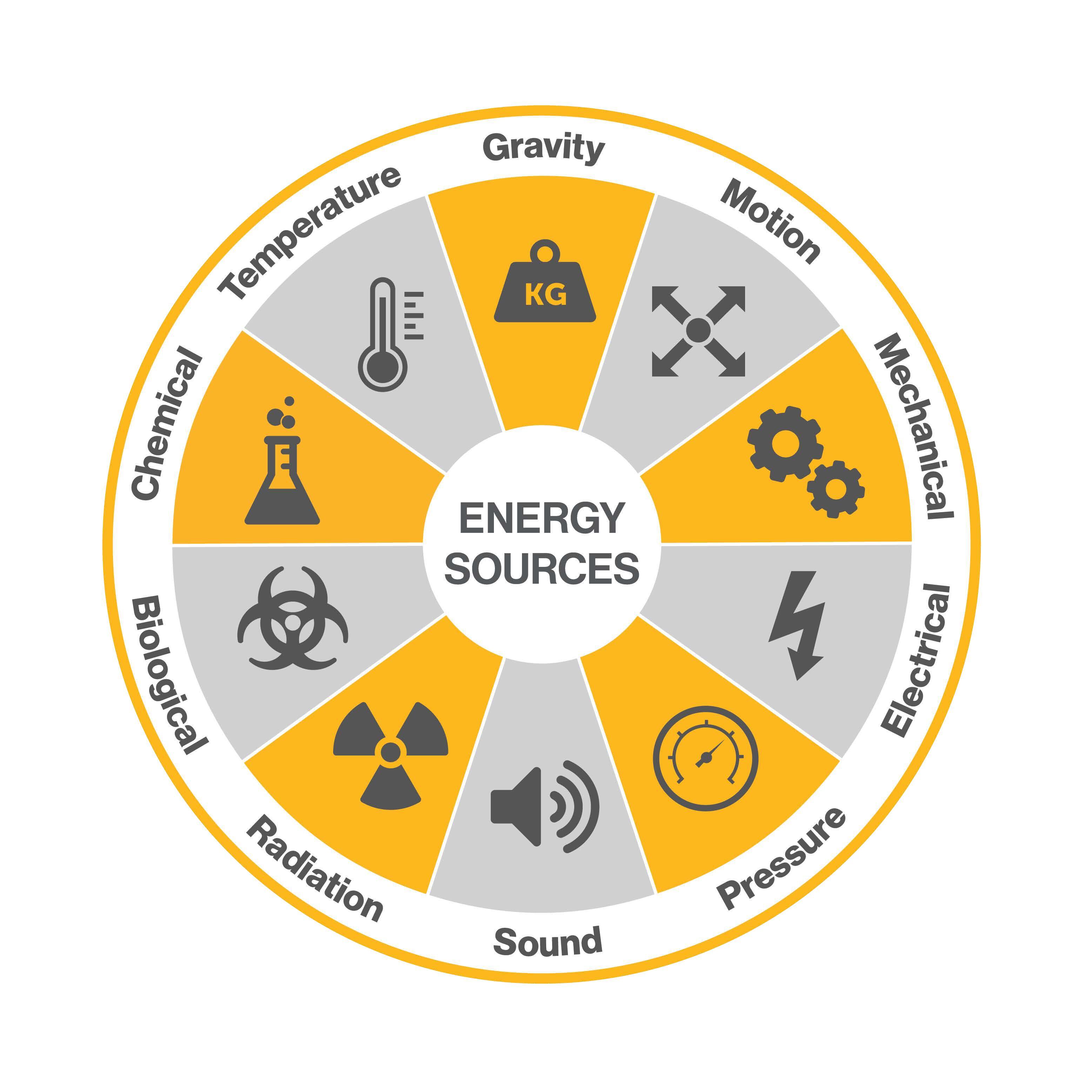An article published in Neuroscience & Biobehavioral Reviews takes a comprehensive look at the science behind workplace fatigue. In the article, “Fatigue and its Management in the Workplace,” the authors look at the biological causes of fatigue, how the modern workplace affects these biological factors, and some of the effective ways to manage fatigue.
The article points to circadian rhythm, the body’s natural clock regulating the sleep-wake cycle, as one of two major biological factors behind sleepiness and fatigue. The authors reference research that shows how during the circadian trough, “alertness is lower, reaction time is slower, and accuracy is poorer than during the circadian peak (e.g., during daytime hours).”
Circadian Rhythms and Shift Work
With 18-26% of the U.S. workforce considered shift workers that may have non-standard schedules, the authors note that “the combination of sleep restriction and circadian disruptions can be especially devastating from an alertness and performance standpoint.” Looking specifically at performance, they later state that “circadian disruptions, especially the requirement for night work, substantially degrade cognitive performance.”

Circadian factors mean that while fatigue is a major risk in any workplace, it is impossible to completely avoid fatigue in shift work. Among the mitigating technologies and strategies for managing fatigue, the authors highlight bio-mathematical models, stating that the SAFTE™ Fatigue model “is an accurate predictor of the effects of total sleep deprivation on the mean performance of several standard cognitive tasks and an accurate predictor of the effects of sleep-restriction on psychomotor vigilance.”
Readi and ReadiScore
Using the SAFTE Fatigue Model described in this article, Readi allows workplaces to forecast fatigue and predict its impact on reaction times and cognitive effectiveness. While it is impossible to avoid the circadian factors in workplaces, Readi allows workplaces to anticipate and control for fatigue, providing benefits to not only workplace safety, but mitigating risks to health and well-being.
Successful fatigue management relies on understanding and controlling the relationship between fatigue, reaction times, and the risk of workplace accidents. To make this relationship more transparent, Readi’s technology reports a ReadiScore powered by SAFTE. Studies have shown that ReadiScore has a direct relationship with slowed reaction times and accident risks.

Using a scale from 0-100, a ReadiScore estimates an individual’s alertness based on their quantity, quality, and consistency of sleep. ReadiScore factors in circadian rhythm and can be used to understand both current fatigue level and predict how fatigue changes throughout a work shift.
To learn more about the Readi and predictive fatigue modelling, contact a member of our team.
“Fatigue and its Management in the Workplace” was published in the January 2019 issue of Neuroscience & Biobehavioral Reviews. You can view the complete article here.




